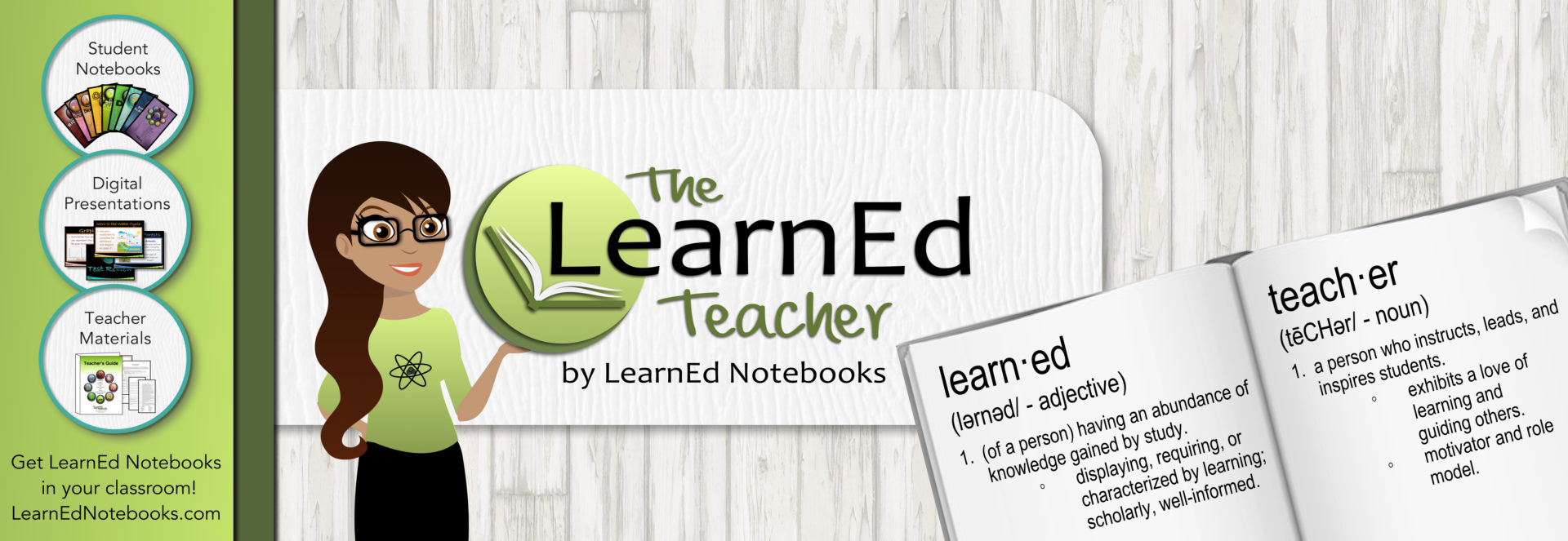RELATED: 5 ACTIVITIES TO PROMOTE LITERACY
Here’s how to get your students creating beautiful poetry:
Step 1: show this prezi about blackout poetry. It has a strong explanation for what blackout poetry is — and that’s really important before they start. You can even have them take notes if you want to avoid answering questions the whole time they’re creating their own poems.
Step 2: have your students google blackout poetry and click on images. As they’re looking at these, encourage them to be inspired by the colors and designs. They’ll see even more examples than they did in the prezi from step one.
Step 3: Give your students text to work with. There’s no right or wrong text to select; here are a few suggestions:
► Newspapers. They’re cheap and you can easily acquire them in bulk. Plus, they cover a variety of topics so your students can have some choice in the article they select.
► Novels. Any old books (check with your school librarian!) make a great background for blackout poetry.
► Science article. If you’re looking for a way to tie this into your current curriculum, selecting the same article for everyone to use is a great way to ensure that you’re getting that cross-curricular piece. It’s also really fun to see how different the final products look even though they all started with the same canvas.
Step 4: Pass out additional materials. Once your students have their base text to work with, they need black markers. If you’re promoting some of the more creative outcomes, some students may want supplementary colors.
Step 5: Additional suggestions and tips
► Word minimum. You may want to put a word minimum on their poetry. This would keep some of your less-motivated students from creating a three-word poem.
► Encourage your students to plan out which words they’ll use rather than just marking out random words.
► Part of this assignment is to create a work of art. Their final product should be neat, even if they whine that they’re “not artistic.”
► To take this to the next level, require that your students keep the jist of the text in tact. Or, push them to make the text take on an opposite meaning.
RELATED: CAREERS IN SCIENCE: METEOROLOGY
Let your students have some fun creating their own poems!
Follow LearnEd Notebooks on social media! Pinterest // Facebook // Instagram // Twitter // YouTube
________________________

LearnEd Notebooks provides teachers and students with an innovative notebooking solution. We specialize in providing educators with a unique curriculum that allows you to break free from conventional methods of instruction and spend more time on labs and inquiry-based science. We provide the framework of an interactive notebook with the flexibility of teaching strategies that seamlessly integrate with each teacher’s own methods of instruction. Our complete programs include printed student notebooks, digital presentations, and access to teacher resources — each focusing on diverse learning styles and engaging instructional strategies.
Click here to get LearnEd Notebooks in your classroom!
________________________




